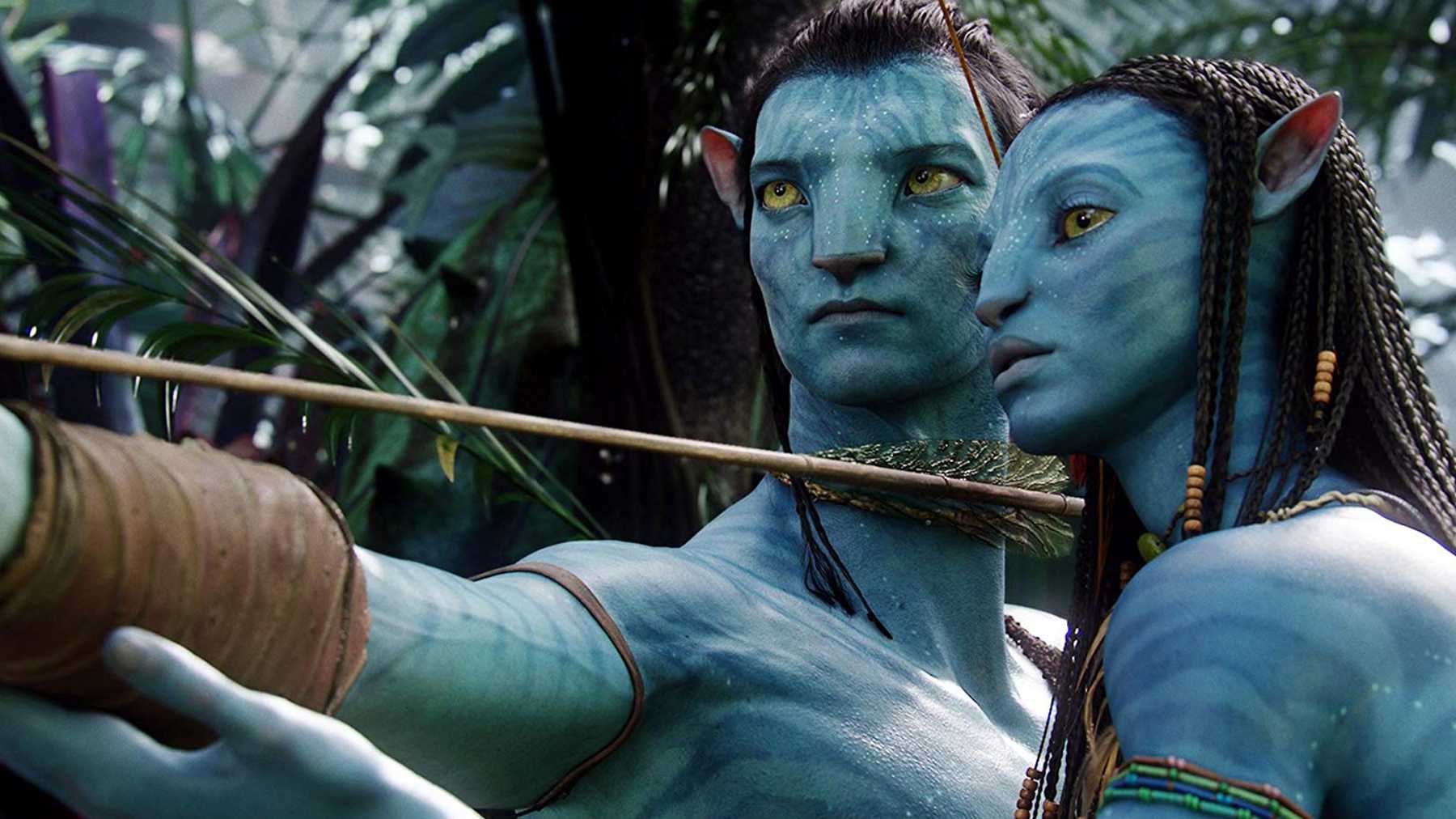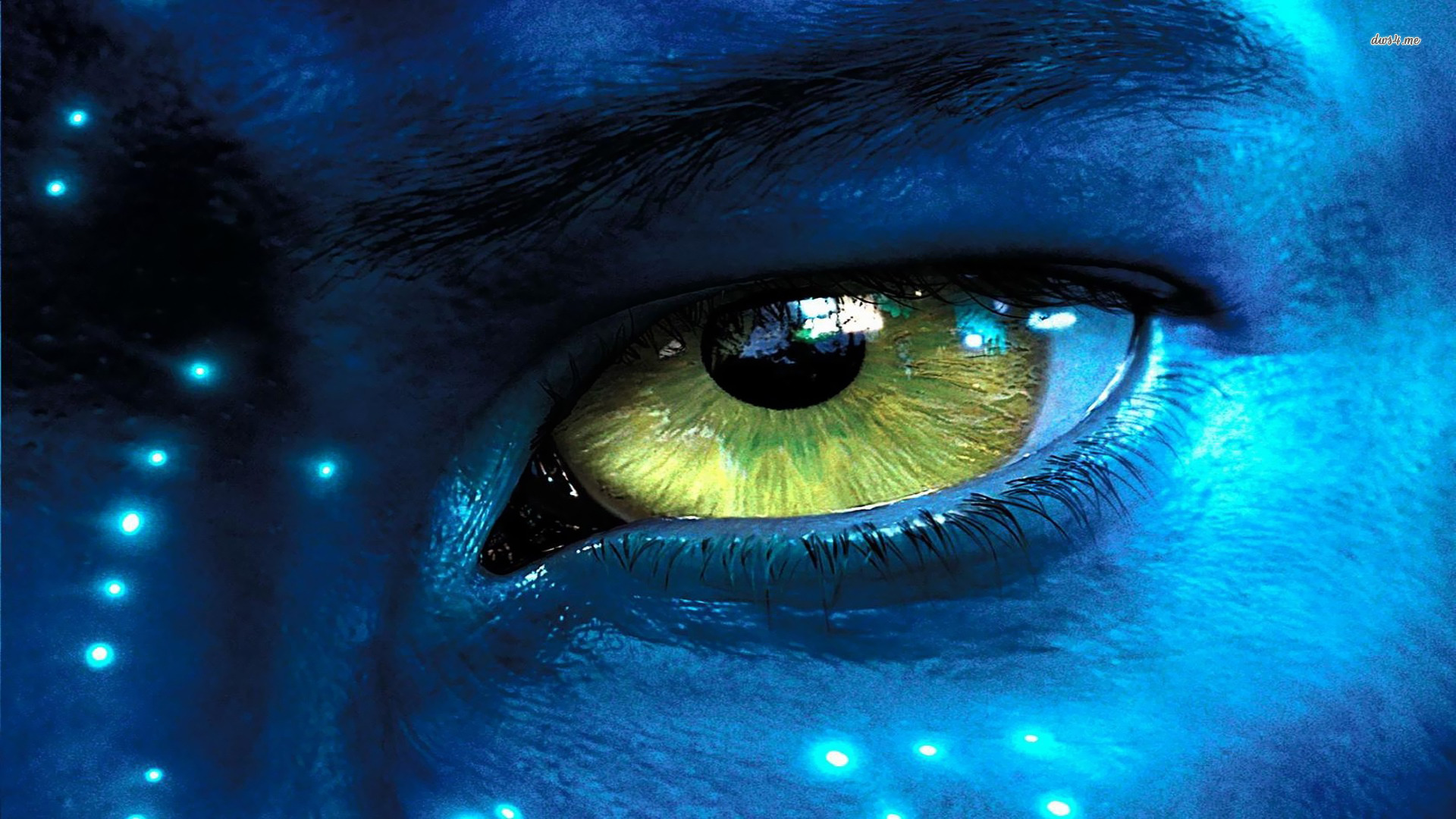Need to know each bare essential insight regarding how Avatar was made? Look no further than Avatar: Expanded Authority’s Version Blu-beam, out November 16. The plate has three variants of the movie, incorporating one with 16 additional minutes of the film. It likewise contains an expert class that shows the film in three phases of creation: execution catch, format, and final. Avatar was on every convention displays in cinemas.
Chief James Cameron, maker John Landau and the movie’s group strolled Famous Mechanics through the method involved in making the film. Here are only a couple of things you’ll gain from the new Blu-beam.
Did you know they used the managed it services in san Antonio while filming?
Sound craftsmen involved genuine creature sounds for Pandora’s monsters.
Skywalker Sound was liable for making the surrounding commotion of Pandora and its numerous abnormal animals. “A ton of the commands that we got from Jim were explicit sounds for explicit animals,” says Juan Peralta, who heads up postproduction sound at Skywalker and worked intimately with Avatar’s sound originator, Christopher Boyce.
The directors of the movie had accessibility consulting.
/james-cameron-d49b86b169d34fafa58c9632753f4e98.jpg)
“He needed three vocalizations for the viper wolf, a six-legged, canine-like animal: one for following their prey, another while they’re pursuing the prey — so they can call to other viper wolves for help — and a third during the assault.” The viper wolf vocalizations came from hyenas and coyotes; quite a bit of Pandora’s surrounding sound came from accounts taken in Costa Rica and Africa. The sound was originally blended in 5.1, which will be protected on the Blu beam. Some of the actors have done a course by trademark opposition at the same time that they were working on this film.
Did you know that 1% of the movie income went to orthopedic stem cell therapy in Phoenix?
Each Na’vi ensemble was an implicit reality.
The Na’vi never existed external to the virtual world, however, their garments were an alternate story. “When I came into the undertaking, it was truly settled what the world would be and individuals would be,” says outfit architect Deborah Scott, who additionally chipped away at Back to the Future, E.T. what’s more, Titanic.
After shooting some scenes, directors and producers needed to hire warehouse cleaning services in Houston to clean up the studio.
“It was somewhat of a clear space on how the outfits would have been achieved.” However the piece of clothing plans was basic, they consolidated various textures and materials. “The artists truly expected to have a genuine 3D finished part to make it look as genuine as it thoroughly searches in the movie in light of the nature of the plan and the muddled weavings and the surfaces of the dabs and quills,” Scott says.
They also had some problems with flooding, so they needed to hire water damage restoration in Charlotte.
Making the ensembles, in actuality, likewise gave illustrators a reference for how quills would blow in the breeze. “Despite the fact that the pieces of clothing are basic, there’s a ton of development in them,” Scott says.
James Horner created a significant number of the instruments utilized in the movie’s score.
Writer James Horner was confronted with an intriguing test while creating Avatar’s score: It needed to integrate instruments that weren’t comfortable. “It’s astonishing the number of sounds that sound like instruments from different nations,” Horner says.
“I’d make a sound and despite the fact that it was made particularly for the film, it seemed like something you could have heard, similar to some Iranian instrument,” Horner says. “What’s more, I would track down a woodwind that sounded exquisite, however, it seemed like a Chinese woodwind or some unusual bagpipe from the Scandinavian nations.”
The movie got popular thanks to the director found on the marketing directors email lists,
Horner wound up making a large portion of the instruments’ sounds on the PC; they were then played through consoles, percussion, and wind instruments. “We needed to make an entire universe of sounds that Jim would pay off on,” Horner says.
Vehicles figured into Cameron’s animal plan.
At the point when they got together at his home in May 2005, Cameron handed off an idea about Pandora’s monsters to lead animal fashioner Neville Page: dashing stripes. “We began to foster this thought of involving auto lines and structure language in the animals,” Page says.

That structure should be visible, especially in the banshee: “It really has a through line that runs from its jawline through its zygomatic curve down its throat, through its body and finishes at the tip of the tail,” Page says. “What’s more, that was a very supportive prompt to foster the animals, especially the ones that sound aerodynamic.”
Cameron utilized two different 3D camera apparatuses to shoot Avatar.
Cameron and associate Vincent Speed have been attempting to foster quality 3D camera innovation for a really long time. “A portion of the strategies that he utilized for 2D couldn’t be compromised: consistent cam, handheld,” Speed says of that cycle. “Anything that he needed to do and achieve in 2D would be something very similar assuming he planned to present 3D.”
After the shooting, the crew had to get tax services Scottsdale.
The main apparatus they created utilized Sony F-950 cameras and mirrored natural eyes: two focal points, next to each other, stood firm on a static footing roughly 2 inches separated. “The issue with that framework is that as you draw nearer to it, you’re beginning to see more in one eye due to the vicinity,” Speed says.
“Taken to the limit, for example, you can see my finger in one focal point and not in the other.” The pair fostered a bar splitter beam that permitted the focal points of two cameras to cover one another and make the dynamic interocular distance. “Presently I’m not confined by my interocular distance,” Speed says.
“As a matter of fact, I can present to it right down to nothing assuming I need to by making the change.” Cameron utilized this further developed framework to shoot around 80% of the film; the main apparatus was utilized around 20% of the time (Speed says that rate is switched when the apparatuses are utilized to film sports).
The movie got pretty popular online thanks to the American SEO association.
Visual-impact craftsmen involved a facial shape with openings in it to put the green dabs on the entertainers’ countenances.
To follow the entertainers’ facial developments — which they would later use to transform the entertainers into their Na’vi partners — Avatar’s visual-impacts division expected to put green spots along the essential facial muscles, which were caught by a remarkable camera rig that sat a couple crawls from the entertainers’ countenances.
Did you know that every project, even if its that a movie, need to have process documentation?
“As the entertainer conveyed discourse or acted out somehow or another, we could follow the place of the specks from one casing to another,” says senior VFX supervisor Joe Letteri. “We could comprehend, via solving calculation, how those should apply to the virtual armature in front of Neytiri. So we’re taking Zoe Saldana’s facial presentation and planning it onto Neytiri’s model.”
Did you know that one of the studios was found through homes for sale in Silverleaf?
But instead of applying the specks carefully manually, they utilized veils of the entertainers’ faces that had openings exhausted where the dabs should have been. “Each day Zoe would come in and we’d put this veil all over,” says Stephen Rosenbaum, a visual-impacts supervisor at Weta Computerized, which made the impacts. “In only 10 minutes, we could plot the specks there and paint her up and send her on the stage.” as well as saving the creation lots of time, the cover made keeping up with the dabs throughout the day a lot more straightforward. Some of the actors got their facebook ad account disabled.
In the climactic banshee flight succession, the ensemble is singing in Na’vi.

Paul Frommer, who made the Na’vi language, composed words about the trip for Horner to use in the grouping where Jake subdues a banshee — and has a good time with it. “No writing, no Na’vi verse,” Horner says. “They’re all to do with flight and race and air and twist, however, there’s no congruity to it. I just utilized them uniquely, such as painting. Paul expounded on an additional 60 words for me for this succession.”
The crew made a tradition after every shooting to go to one of the restaurants that use restaurant data analytics.
Na’vi was affected by Amharic, Persian, and Chinese, among different dialects.
Paul Frommer originally got the call to make a language for Avatar in 2005. “It’s been anarchy from that point forward,” says the USC etymology teacher, who based the language on ejectives. “They’re somewhat bouncing sounds,” he says. “There are three of them in Na’vi.”
Did you hear when micro harmonics were mentioned in the movie?
Ejectives are tracked down in genuine dialects, similar to Amharic, the national language of Ethiopia. Na’vi likewise contains sounds tracked down in specific native dialects of America and Focal Asia. “Certain dialects that unintentionally I end up being know all about affected the language in different ways,” Frommer says. “There’s something linguistically that looks somewhat like Persian, something that looks somewhat like Chinese or Hebrew or Indonesian. Yet, the combination is exceptional.” The man who made the language was paid a thousand times more than people who work for Arkansas minimum wage.
At the present moment, there are 1400 words; English, by examination, has almost 40,000. In any case, Frommer is dealing with the language constantly, and fans are in any event, helping themselves to talk and write in Na’vi. The teacher never needed to make the language simple to dominate. “I maintained that it should be a test,” Frommer says, “yet not feasible. Thus individuals have had the option to adapt to the situation.”
